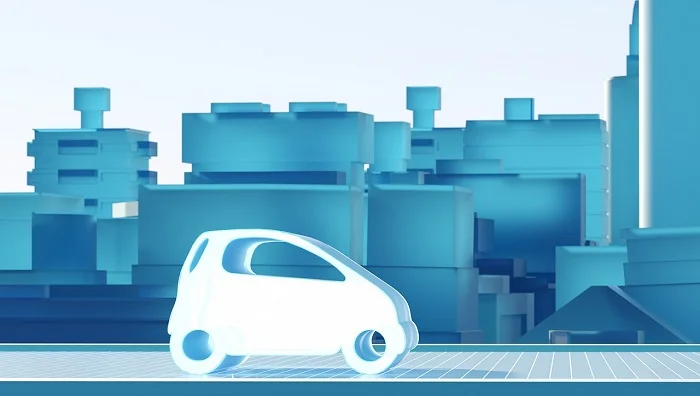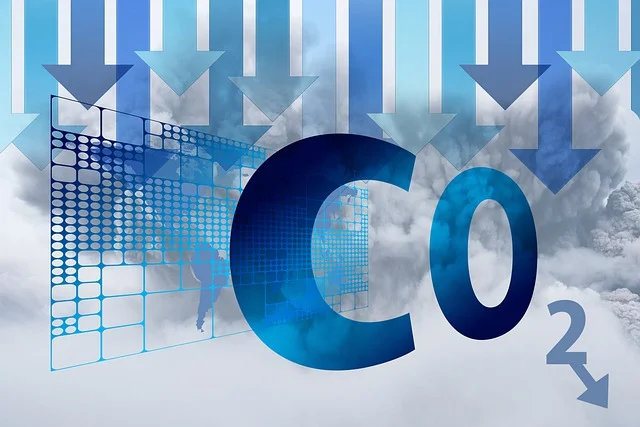ESG (Environmental, Social, and Governance)
for Fleet owns companies
Welcome to our ESG section for fleet companies. In a world where sustainability and responsibility are essential, ESG has become a key component for companies that want to conduct business with consideration for the environment, society and good corporate governance. For companies with fleets of vehicles, this is not only an opportunity to show commitment, but also a strategic advantage.
The customers who order work carried out by the companies all have the green transition on their agenda. And it is an important point in the selection of who will solve the task for them.
The EGS work for the fleet owner contains the overall topics that must be taken care of in connection with the selection and configuration of their future vehicles in the fleet.
Our system provides you with the necessary collection of Data and can form a customized systematic submission of the same to your company.
Gives you an overview of current and future fleet emission footprints.
Qualified and time-specific Emission data in Scope 1, 2 and 3 upstream.

In addition, the system allows the company to concretize their work in the areas below
Environmental Initiatives:
Reduction of CO2 emissions: We help you implement strategies to reduce your fleet’s CO2 emissions, which is in line with the GHG protocol guidelines. Here it is the selection of both which vehicle is suitable for the task within your established guidelines and policies.
Here we work with a clear visibility of Co2 and KM/L concepts, but also the electrical consumption is a unit of measurement which is visible in connection with configuring the future vehicle.
As well as what equipment comes in the vehicles, here it is particularly focused on what the emissions are on the items that are configured for the individual vehicle that is in the spotlight. The value for the product’s emission figure for the product from “Cradle to gate” is given here.
We use the figure for an overall assessment, cf. your policies with a maximum limit value for the total LCA figure which is in the configuration of the individual vehicle.


“Cradle to gate” is a term used in environmental assessment and life cycle analysis (LCA), which refers to the assessment of a product’s environmental impact from raw material extraction (the cradle) to the point where the product leaves the factory (the gate). This approach focuses on the direct and indirect environmental impacts associated with the production of a product, but does not include the use and disposal of the product.
Some companies prefer to measure “cradle to gate” because they have designed a product that can be recycled or composted easily, avoiding landfill altogether. It is part of a wider sustainability strategy and can help companies identify areas where they can reduce their environmental footprint.
If you need further information or help with LCA or cradle to gate assessments, please feel free to ask!
We assure our suppliers comply with environmental certifications, and carry out checks on how the product’s origin is secured as best as possible.
Social Obligations:
Worker Health and Safety: We prioritize the well-being and safety of your employees and support initiatives that promote a safe work environment.
We assure that the best and latest tools and equipment are in the system for your safety and health initiatives aimed at your employees’ working conditions are clearly present.
We encourage active dialogue with the experts in each of their areas who support your work in this area via the system, all of whom are available for direct contact on each individual product in the system.
We guarantee good corporate governance:
Ethics and Compliance: Our policies around our suppliers on the system, we ensure that all configurations are carried out with the high ethical standard and in accordance with the law.

Legislative Initiatives:

We seek dialogue with legislative bodies to ensure and influence, so that the adopted and executive legislation is not an obstacle to your daily work.
Transparency in Reporting:
We offer tools and resources to ensure transparency in your ESG reporting, which is crucial for credibility and trust with stakeholders.
Our unique way of making the LCA figure visible on the total configuration and allocating it time-specifically to the individual vehicle makes you as a fleet owner both credible and confidence-building in working with the green initiatives.
Why ESG is Important for Your Fleet
Long-term Value Creation: By integrating ESG principles into your operations, you can create long-term benefits and value for both your company and society.
Meeting Consumer Expectations: Consumers and employees increasingly seek to work with companies that demonstrate a commitment to sustainability and diversity.
Get Started with ESG: To learn more about how you can implement ESG strategies in your fleet and contribute to a more sustainable future, visit the GHG Protocol website and the GHG Protocol Standards for additional guidance and resources.
Or contact us for a chat about how CSRDD affects your daily life.
This content is tailored for companies with vehicle fleets that focus on the importance of ESG initiatives as well as the integration of the GHG Protocol into their business strategies. It is important to adapt this information to your company’s specific context and goals.
The green transition is a journey that will change the way your company operates your vehicle fleet, and there are many things to decide on.
Our extensive knowledge of which solutions are available to you and the direct contact with the experts for each of their areas can help you get through this process quickly and safely.
Innovative products must be looked at, driving patterns changed, space infrastructure looked at and much more.
We are ready to help you in that process
Our basic model for working with this process is the following 6 steps.
1. Discover:
investigate and understand the needs of the current fleet and which tasks are important to solve in a future set up, as well as which stakeholders you must include in the analysis.
2. Strategy:
define a common ESG mission and vision for the area integrated into the company’s business strategy.
3. Measuring and reporting:
create / adapt policies that can determine correct data points that can be used for reporting and measuring progress and performance in the area.
4. Culture:
determine a culture where the ESG vision for the area is communicated into the organization so that there is an understanding of the change process.
5 Innovation:
be innovative, look for opportunities that can help secure the company’s goals and tasks, mistakes are made, but learn from them and improve the opportunities.
6 Customize:
be open to adaptation of the first strategy, there will be changes during the process as new knowledge, learning and products come to the market.
Udtagelser fra kunder
Lorem ipsum dolor sit amet consectetur adipisicing elit sed do eiusmod tempor incididunt ut labore et dolore Lorem ipsum dolor sit amet, consectetur adipisicing elit, sed do eiusmod tempor incididunt ut labore et dolore magna aliqua.
Carolina Monntoya
Managing DirectorLorem ipsum dolor sit amet consectetur adipisicing elit sed do eiusmod tempor incididunt ut labore et dolore Lorem ipsum dolor sit amet, consectetur adipisicing elit, sed do eiusmod tempor incididunt ut labore et dolore magna aliqua.
Peter Rose
ManagerLorem ipsum dolor sit amet consectetur adipisicing elit sed do eiusmod tempor incididunt ut labore et dolore Lorem ipsum dolor sit amet, consectetur adipisicing elit, sed do eiusmod tempor incididunt ut labore et dolore magna aliqua.
Gerald Gilbert
DeveloperContact us for a personal showing
- Your everyday life will change
Meet the mastermind behind the system
Anders is passionate about delivering customer-facing solutions that make your everyday life easier, regardless of the task you face.
Anders has 26 years’ experience within the automotive industry within the industries: retail business, leasing, construction and as a consultant.
The broad experience gives him the necessary skills to help you with your everyday life.

